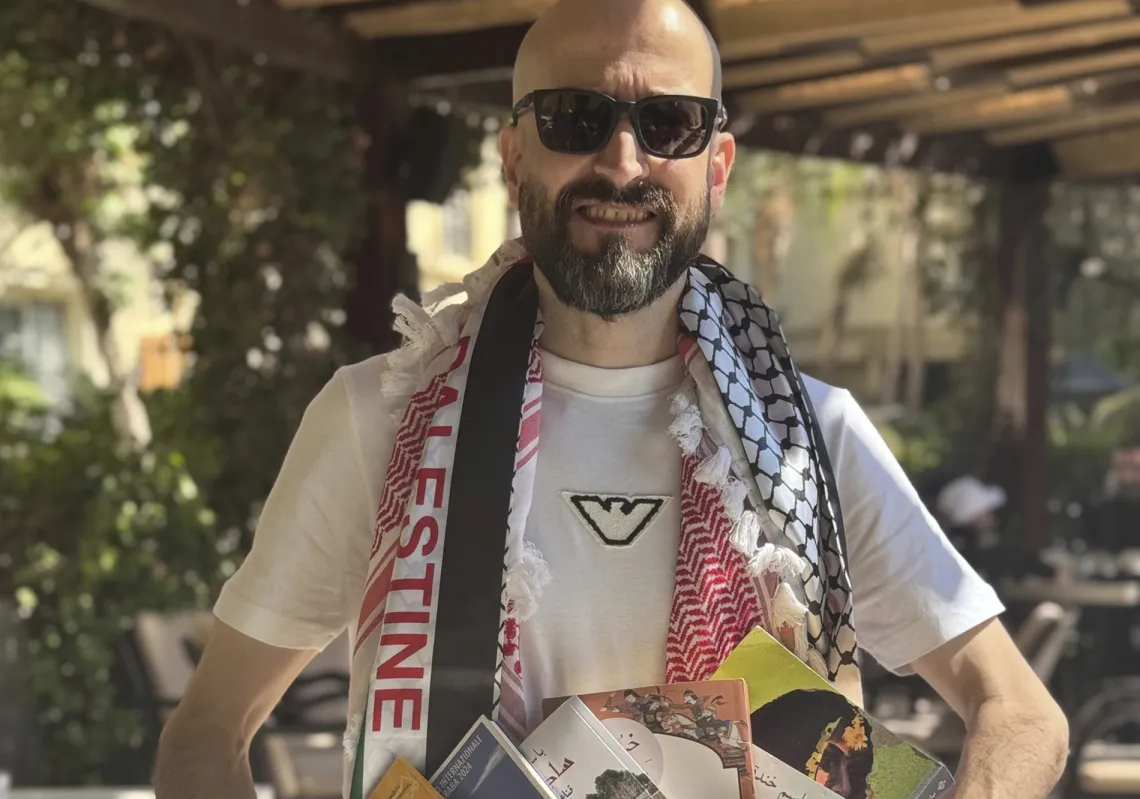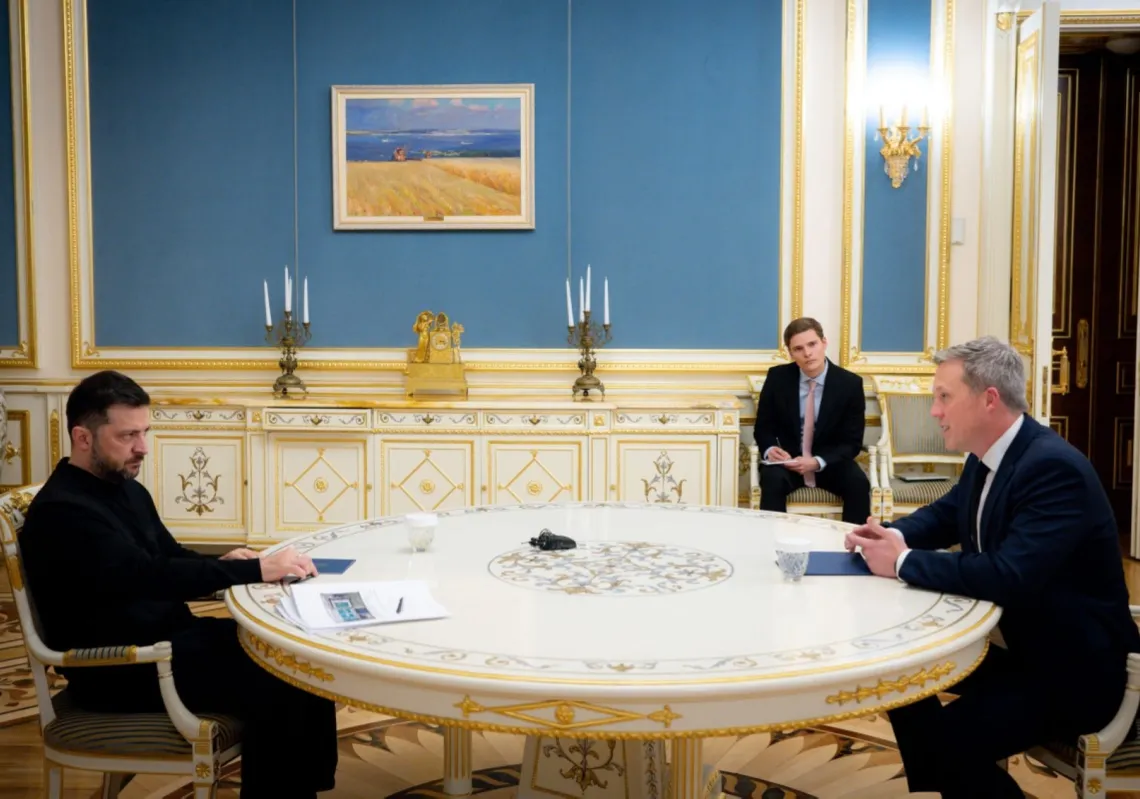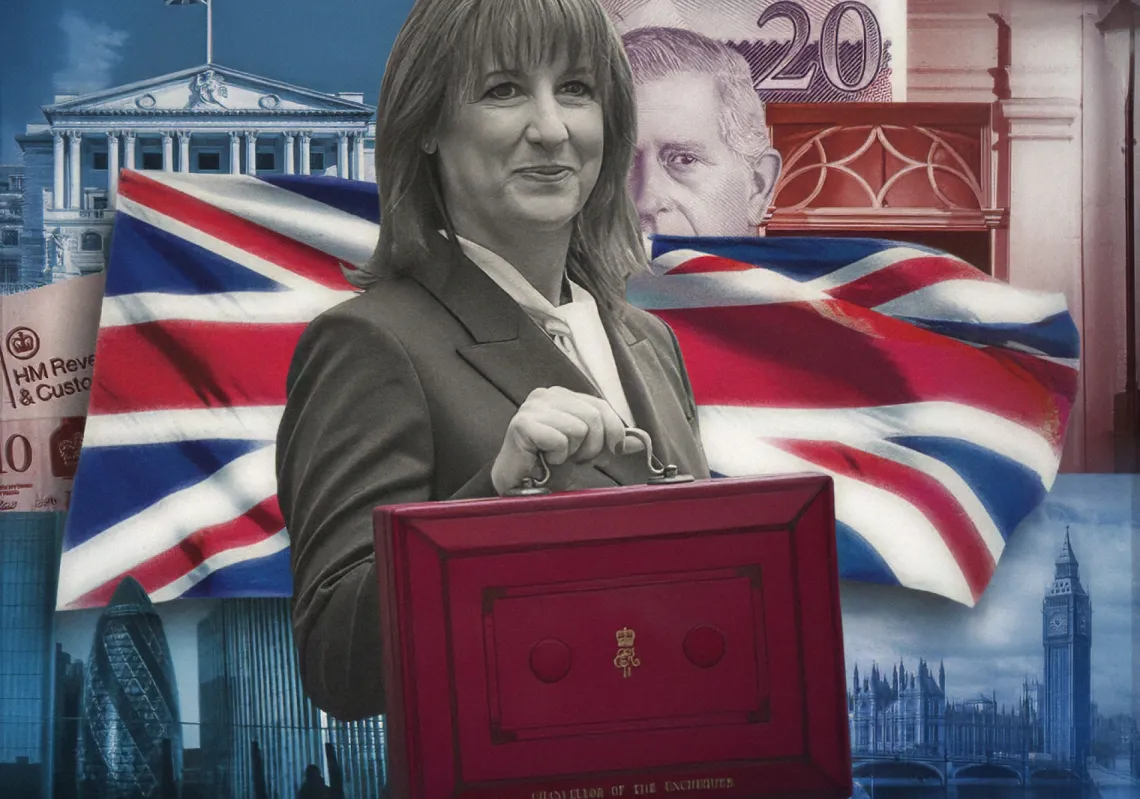Killings and corruption
"The second significant development involves the eruption of armed violence carried out by factions of the Muslim Brotherhood in response to the heinous act committed by Capt. Ibrahim al-Youssef, in 1979, was an instructor at the Artillery College in Aleppo.
"Armed with a machine gun, he entered the classroom and instructed Sunni Muslim, Druze, Ismaili, and Christian cadets to leave the room, then killed approximately 40 students belonging to the Alawite sect.
"This atrocity shook Syria, provoking intense anger among Baathists, the armed forces, and the security apparatus. The situation further escalated, leading to the involvement of Muslim Brotherhood groups in subsequent killings and bombings."
Between 22 December 1979 and 6 January 1980, another Baath Party Regional Command Conference was convened. The Brotherhood was carrying out bombings and assassinations, and there was state-level instability, so the atmosphere was tense.
"It was clear from the first day that the conference was divided into two currents," says Khaddam. "One was led by Col. Rifaat (al-Assad), who tried to control the conference and led a party-affiliated leadership to seize control of the party and the reins of the state.
"The second, led by most members of the Regional Command, who were concerned about Rifaat's behaviour and practices, had the support of most of the conference members, both civilian and military."
Khaddam adds that Rifaat al-Assad "tried to exploit the issue of the confrontation with the Muslim Brotherhood to garner support" from conference members. At the same time, the other side "adopted a campaign against corruption in the state, targeting corrupt individuals shielded by some in power" - particularly Col. Rifaat.
"During the conference, I spoke for over three hours, highlighting major system flaws surrounding evading responsibility. I emphasised the issues of the "green and red lights" attributed to the President.
"I also addressed the economic crisis in the country, the absence of an economic initiative, and discussed the illicit interventions from certain sources."
Rifaat on the march
During the conference, Rifaat said the time had come to "respond forcefully" and called on everyone to pledge absolute loyalty. "Stalin sacrificed 10 million people to preserve the Bolshevik revolution," Rifaat said. "Syria must do the same to preserve the Baathist revolution."
Rifaat further threatened to "engage in a hundred wars, demolish a million fortresses, and sacrifice a million martyrs" to uphold the regime. This fervour led to the military suppression of the Syrian uprising from 1979 to 1982, which reached its tragic zenith with the shelling of Hama in February 1982, killing thousands.
In 1983, Rifaat – a secularist - sent armed fighters to Damascus with orders to unveil women in the streets, in a move that met with sharp criticism, including from his brother, the president, who publicly condemned it.
It was in the capital that the power struggles continued. The days before the election of the Regional Command were filled with debate. Al-Assad formed a committee of Khaddam, al-Ahmar, and Col. Rifaat to nominate a proposed list of individuals.

"The committee met twice," recalls Khaddam. "Col. Rifaat suggested additions and removing some leadership names who did not align with him. We rejected the list and presented (our own) with names we believed qualified for leadership membership, which he also rejected.
"President al-Assad invited me and asked about our conclusions. I told him we disagreed. President Hafez then said, 'I will put forward the list.' The next day, I met with him, and he informed me of the names, finding some with no party background who showed loyalty to Rifaat.
"I tried to convince him, but he provided me with criteria for each of them (which I found) disconnected from the reality of these individuals."
The names of the Central Committee members were announced during the conference. Two hours later, the members of the Regional Command were revealed, including six individuals "affiliated with Col. Rifaat, clearly demonstrating President Hafez's support for his brother", says Khaddam.
On the second day, after the conference's conclusion, the Regional Command held a meeting to form the new government. While most members were inclined to assign Mahmoud al-Ayoubi, the leadership was surprised when President al-Assad, after opening the session, proposed Abdul Rauf al-Kasm as the candidate for the presidency of the Council of Ministers.
"In reality, the nomination was not put to a vote, and the leadership members considered Dr al-Kasm's nomination (to be) a decision made by President al-Assad. No one objected to it." On 14 January 1980, al-Kasm formed his first government and continued as prime minister for almost seven years until October 1987.
The first sniff of inheritance
"The dangerous phenomenon was inheritance," recalls Khaddam. "This was before the Arab Summit, due to take place in Amman in November 1980. Al-Assad invited me to his house to discuss our participation. After we reviewed the positives and negatives, we agreed not to participate.
"We had participated in the preparatory conference for ministers a few days earlier. One of the reasons for our non-participation was the highly tense situation between us and Jordan due to the support of the Muslim Brotherhood in Syria, who were infiltrating from Jordan to carry out assassinations and bombings.
"Additionally, there were intense conflicts between us and Iraq, whose government was also supporting the Brotherhood with training, weapons, and funds.
"After we concluded the discussion, al-Assad spoke about life, death, and the country's fate in case of an unexpected incident. Consequently, he appointed a vice president to ensure continuity and avoid leaving the country in a vacuum.
"It was clear to me that he intended to appoint his brother, Rifaat, with whom he had very close ties and (who had) significant support within the party, which raised questions, especially among the armed forces and the party.
"I took the initiative to advise against it, stating that if he was concerned about continuity, the constitution and the party guaranteed the system's stability. However, he did not respond, and no further action was taken.
"In 1982, al-Assad surprised the Regional Command in the Baath Party by asking each member to write down the name of their nominee for the position of vice president. He believed that the majority would support his brother. However, following the count, he never again brought up the nomination of a vice president."
When Hafez fell ill in November 1983, it seemed like Rifaat's moment had arrived.
A presidential brush with death
The younger brother had already started acting as the legitimate heir and sole successor, rallying support from the generals, which had angered the president.
"In mid-November 1983, Commander of the Republican Guard Brig. Gen. Adnan Makhlouf informed me that President al-Assad wanted to see me while he was at Shami Hospital," recalls Khaddam.
"I asked, 'Did he have an accident?' Makhlouf replied, 'No, he had a heart attack.' In reality, I was surprised, and a wave of concern engulfed me as I imagined what could happen in the event of his death.
"Upon arriving at the hospital, I headed to the intensive care unit. I found (President al-Assad) pale but welcoming, smiling. He said, 'A person never knows what might befall them.' We discussed his illness for a few minutes.
"Then he said, 'Tomorrow, Sheikh Amine Gemayel (Lebanese president from 1982 to 1988) will come. As you can see, I can't receive him. You know that talking to him extends for hours.'
"I reassured him, 'Don't worry, I'll call and inform him that I'm coming to Beirut to handle some matters.' After that, I bid him farewell, wishing him a speedy recovery."
Khaddam went to the hospital's waiting room, phoned Chief of Staff (of the Syrian Army) Lt. Gen. Hikmat al-Shihabi, and requested his immediate presence, aiming to make suitable arrangements to avoid any surprises.
"Lt. Gen. al-Shihabi arrived, and we discussed the matter. Meanwhile, Col. Rifaat al-Assad arrived and went to see his brother. After a few minutes, he returned as I spoke with our ambassador in London."
"I asked him to urgently contact the leading heart surgeon, Dr Magdi Yacoub, and bring him to Damascus. After concluding my call, Col. Rifaat said, 'Why do we need foreign doctors? Aren't there heart surgeons in Syria? Every time someone falls ill, we summon foreign doctors.'"
"I replied, 'This someone happens to be the head of the country, not an ordinary individual. His name is Hafez al-Assad, not Hafez Khaddam.'"
A short while later, all three left the hospital. Khaddam returned to his office and summoned the Soviet ambassador. "I informed him of (the president's) condition and asked him to inform the Soviet leadership.
"I also asked for Soviet doctors to come and treat the president. The ambassador expressed his concern and said, 'I'll inform the leadership in Moscow immediately.'"
"Indeed, less than an hour later, the ambassador came to my house to inform me that the Soviet leadership wished President Hafez a speedy recovery and that the Soviet minister of health - a senior heart specialist - would arrive in Damascus the next day, together with a complete medical team."
Khaddam also contacted Dr Abu Al-Khair al-Atassi, a resident in Cleveland in the US and a skilled heart surgeon. He asked him to come to Syria as quickly as possible. Additionally, he called Col. Muhammad Nassif, a friend of Dr al-Atassi, to ensure the doctor's swift arrival.
"The Soviet doctors arrived, and two days later, Dr al-Atassi also came. They collaborated with Syrian doctors to re-examine the president using all available means.
"They concluded that he had suffered a heart attack and that a part of the heart muscle was damaged. They imposed a strict regimen on the president - initially, a period of rest in the hospital, followed by a recovery period in an isolated house away from people."





















